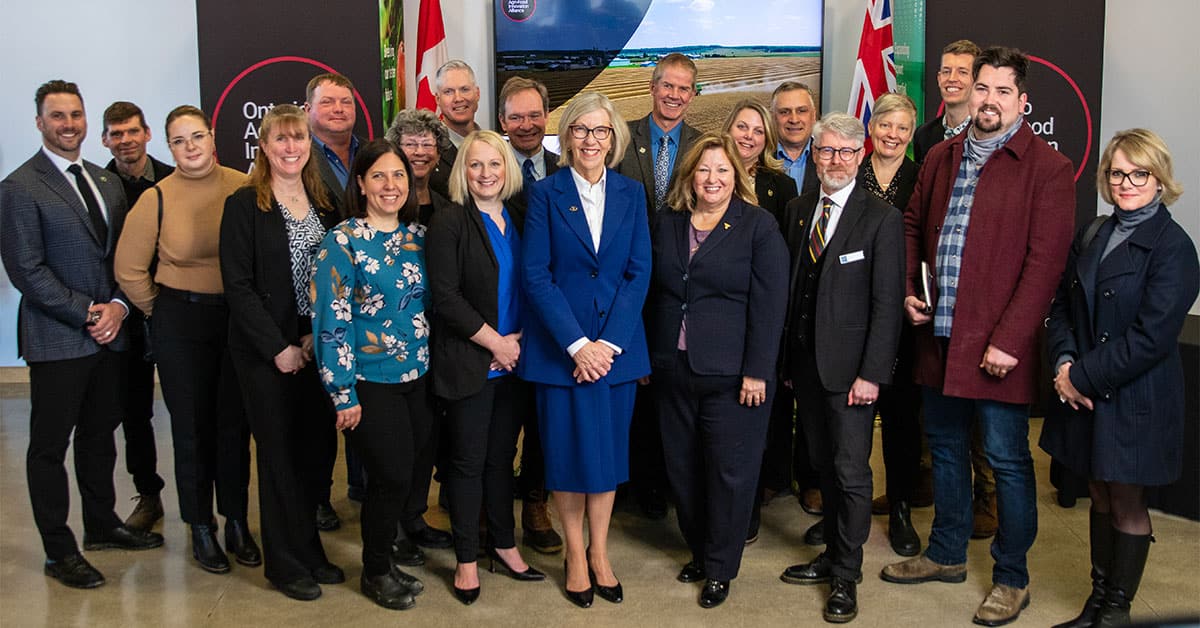;
;
;
Next Article
Feathers fly over so-called boneless wings

The province will provide some $343 million in funding for agri-food research over the next five years under a new agreement with the Ontario Agri-Food Innovation Alliance. The organization is a joint initiative between the Ministry of Agriculture, Food and Rural Affairs, the University of Guelph an
Last updated on May 03, 23
Posted on Mar 23, 23
3 min read
